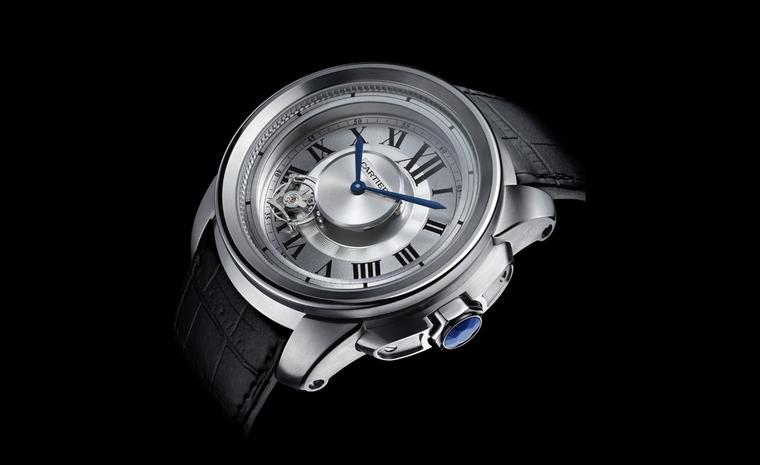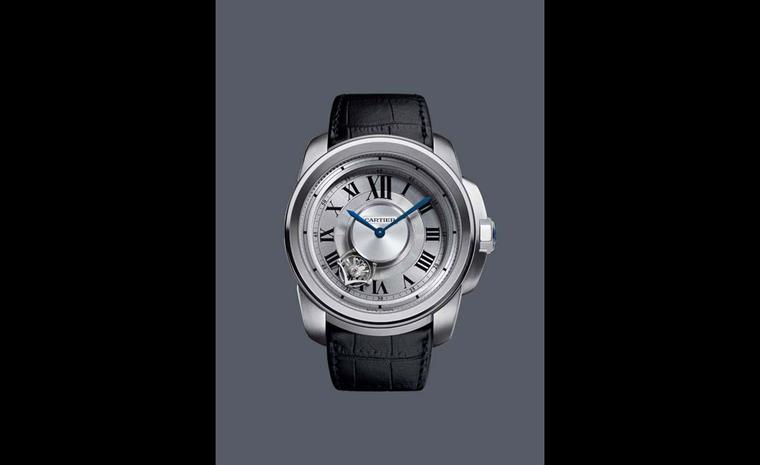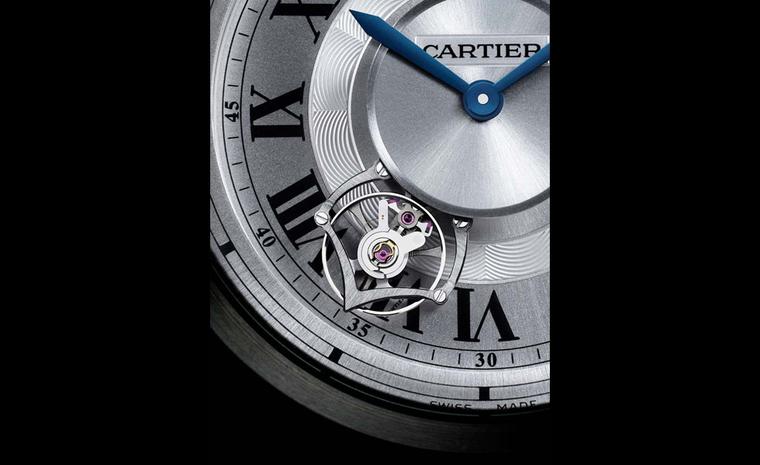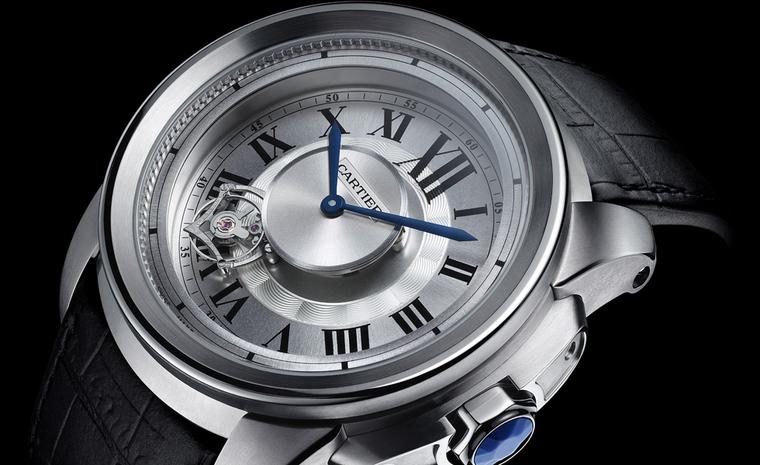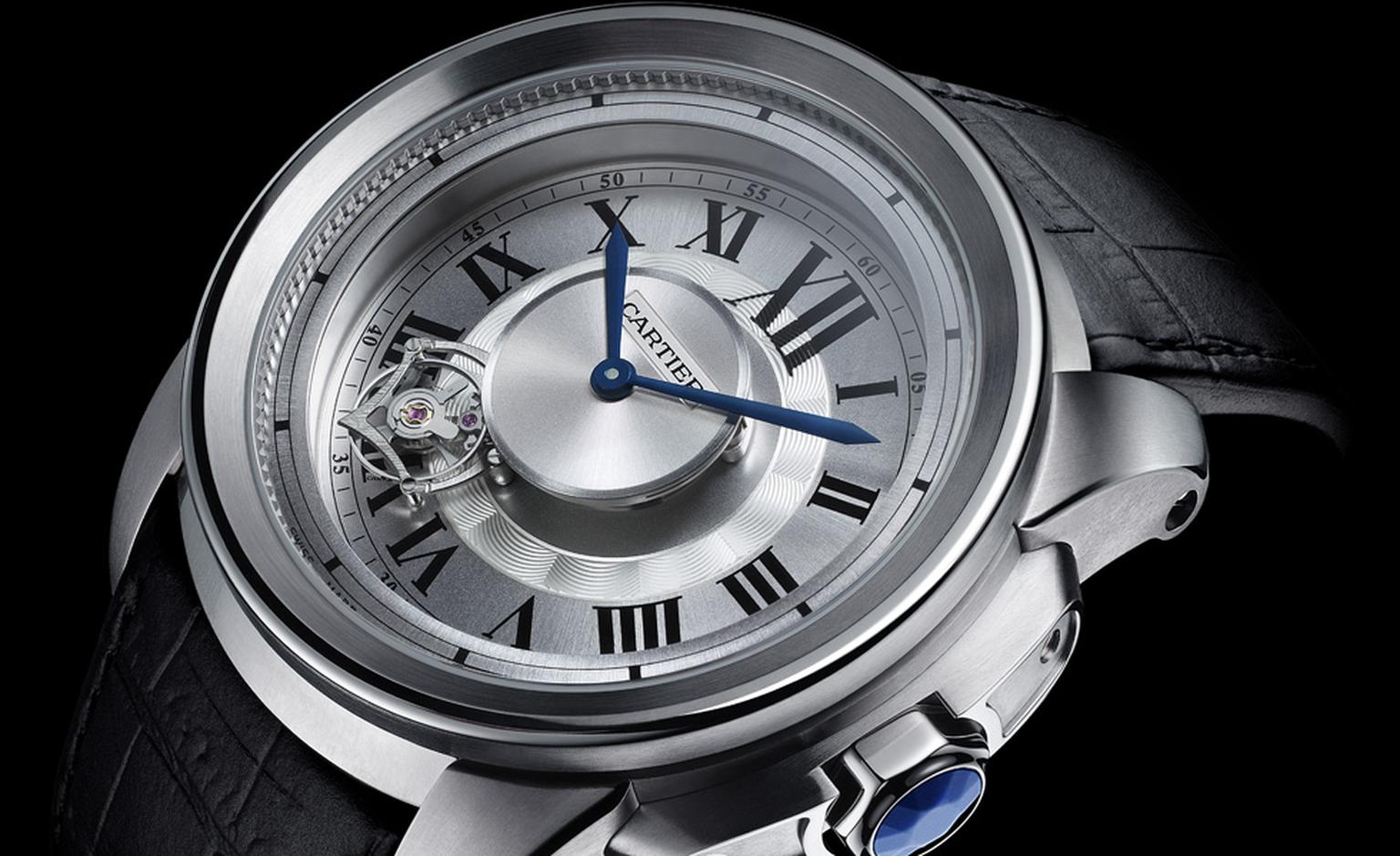
Cartier treated me to a sneak preview of their haute horlogerie (that's the very high end of watchmaking to me and you) in Paris last week. I was lucky enough to get a first look at the house's most complex watch offerings and will tell you all about it. And so it is that your very own jewellery editor is able to bring you the latest news, hot from the Cartier ateliers in La Chaux-de-Fonds, far up in the snowy Jura mountains. For the first part of the very technical presentation I felt like a twelve year in a physics class: I was out of my depth and wondering if I could ever get my head around the algebraic formulae, kinematic diagrams and talk of states of constant imbalance, which quite neatly summed up my mental state. I can understand if Cartier may regret having invited me. And then, quite slowly, much like the fog on the planes of northern France that we had earlier crossed on the Eurostar, it all became clear. Well sort of. Certainly clear enough for me to be able to say, with my hand on my heart, that Cartier is making some very impressive and technically daring watches. So far I am only allowed to tell you about the Calibre de Cartier Astrotourbillon. The Astrotourbillon was launched last year and the twist for 2011 is the fact it is in a sportier Calibre case and made of lightweight titanium. The key point of this watch is that the whole tourbillon cage is not fixed inside the movement but rotates around the dial once a minute. The movement is the Calibre 9451MC (the MC standing for Manufacture Cartier) and only 100 pieces will be made. The result is a delicate mechanical dance of wheels whirring within wheels. Looking at the miniature minuet of glossy jewels, humming springs and polished and bevelled wheels and bridges is best appreciated with a loupe but the effect on the wrist is one of delightful intrigue. And being Cartier, elegance is the by word and the clean dial is the perfect foil to the pretty tourbillon sweeping across the dial. For those of you who thought a tourbillon was a fish soup, I will endeavour to explain. Invented by Abraham-Louis Breguet and patented in 1801, the constantly rotating tourbillon cage counters the effects of gravity on the hairspring of the watch. By keeping rotating the pulsating spring that regulates the release of energy, the effects of gravity on any one position of the spring are evened out. As well as making the watch more precise, the tourbillon is a handsome piece of micro-mechanics, which is why houses such as Cartier choose to place them on the dial. Although I am not particularly fond of tourbillons that can somethings make you dizzy when set into an elaborately decorated dial, in Cartier's restrained Calibre case, it is a fascinating addition.


